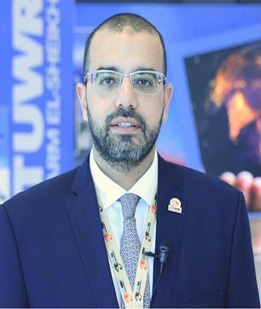IEEE Egypt Vehicular Technology Chapter

The Egyptian Chapter of IEEE VTS (known also as VT06-CH08913) with members from Academia and Industry.
Information
IEEE Vehicular Technology Society (VTS)
The IEEE Vehicular Technology Society (VTS) is an applications-oriented society of IEEE, with technical activities concentrated around three pillars: Wireless Communications, Land Transportation, and Electric Vehicles. The VTS interests starts with radio, radar, television and more. All of the original members were involved with 2-way radio, or what is termed Land Mobile Radio Services. One of the members was from the Chrysler Corporation and involved with radio installed in vehicles. So, the term “vehicular” was included in the group’s name.
The VTS remained small, having on the order of 2,000 members in the 1950 – 1983 era. But land mobile began to change as transistors replaced vacuum tubes, and it became possible to have a land mobile radio that did not need to be installed in a vehicle. The advent of cellular radio changed the picture radically. The public could enjoy the advantages of “wireless” telephones. From cellular radio’s start in late 1983, membership has grown to approach 6000 today. At the end of World War II, the then headed by James Evans of the Michigan State Police. Thus,
Egyptian Vehicular Technology Chapter
The Egyptian Vehicular Technology Chapter of IEEE VTS (known also as VT06-CH08913) and counts about 50 members from Academia and Industry. VT-Egyptian chapter is an excellent way of networking with other VTS members within our geographical region (Arabian, and African countries), as well as learning about the latest advances in vehicular technology via technical seminars given by world-renowned experts. Its main purpose is to gather researchers and engineers interested in mobile/vehicular communications implementations, help them communicate faster and enforce national/international partnerships by means of research projects and scientific meetings. It also cooperates with IEEE students’ chapters in Egypt to increase the awareness and interest in mobile and wireless communications, mobile edge computing, heterogenous radio access networks architecture using intelligence for 6G/IoV, RAN design and Cloud-based/ Virtualization architectures, security enhancements for different mobile and IoV networks.
The chapter on the Vehicular Technology Society (VTS) was created for its activities in Egypt for the first time, which became the second in the Arabian Countries and the third in the African Countries.
VTC Areas of Interest
- Radio communication technologies include wireless communications and all mobile communications networks. These will include all of the modern antenna technologies such as Massive MIMO Systems, 6G systems, and its emerging technologies such as Intelligent Reflecting Surfaces (IRS). In addition, the spectrum refarming of the current spectra and related regulatory issues in order to consider the implementation of various emerging technologies and applications. Also, I illustrated the techniques that may be used in resource utilization and improvements of the key performance indices of mobile communication networks via the deployment of different artificial intelligence categories: machine learning (ML), deep learning (DL), and federated learning (FL). So, the chapter’s study groups will focus on the maximization of wireless network throughput. This will enhance the realization of the integration between heterogeneous wireless networks’ layers: satellites, aerial, terrestrial, wireless IoT networks, smart wireless sensor networks, and indoor communications facilities. This could act as a spotlight in the roadmap for ubiquitous wireless network deployment.
- Smart Transport Technologies (ITS) and all its related features include the activation of Toll Intelligent Payment Techniques and traffic light management techniques to reduce traffic congestion, reduce traffic congestion, fair distribution systems and optimize the use of traffic hubs.
- Electric vehicles technologies and possible strategies to guide and manage them, whether self-driving (autonomous) cars or those with aided driving. In addition, the most likely practical applied technologies such as systems for smart transporting and stacking goods inside giant warehouses such as the stores of e-commerce companies such as Amazon were discussed.- Also, a proposal (currently under consideration) for the management of some Egyptian seaports to regulate the transport of containers was reviewed, as well as ways of allocating them together to maximize the use of storage space on the docks, as well as reducing waiting and drip times for container trucks at the ports. I also referred to the trial carried out by the State of China as a practical application of the use of CT imaging in the distribution and testing of medicines during the coronavirus pandemic.
Chapter Officers

Prof. Hesham M. El-Badawy
Chair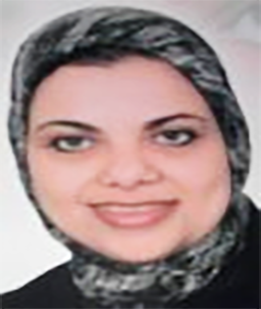
Prof. Rowayda A. Sadek
Vice Chair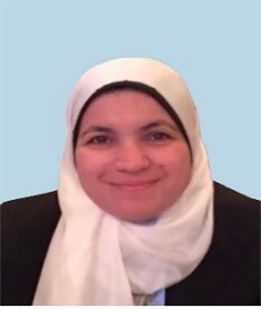
Dr. Reham A. Elmayet
Secretary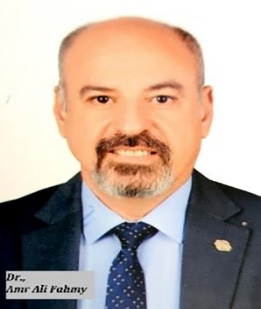
Dr. Amr Ali Fahmy
Treasurer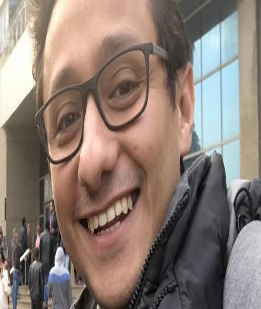
Dr. Mohammad G. Khafagy
Secretary #2